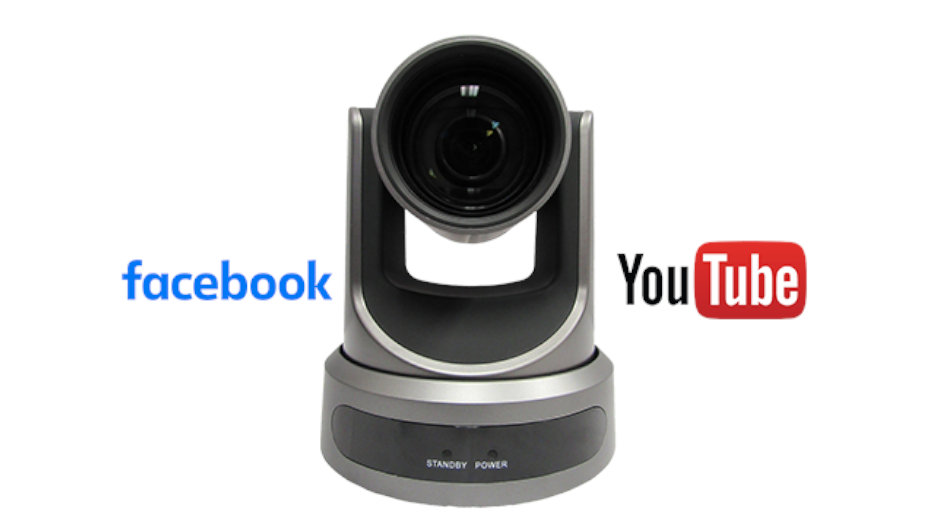
Since then, their use has continued to expand in other areas. In the beginning, the GoPro was tiny cameras to accompany you in extreme activities where it was not possible to use a standard video camera without the risk of destroying it.
MIMOLIVE TWO GOPRO CAMERA HOW TO
While this certainly isn’t optimal for design/function, it did surprise me that the resulting video (in Anaglyph, below) came out as well as it did.View on Amazon How to Choose GoPro Body Cameras? So I took the synced Hero3+ cameras out of their Dual housing and foam taped them together mounted underneath my DJI Phantom Vision quadcopter and took it for a spin around the horse ranch we currently have our horse up in Chico, CA. Stereo Anaglyph test (need red/cyan glasses):Īnd of course – what good is a GoPro unless you push the limits with them?
MIMOLIVE TWO GOPRO CAMERA FREE
If you don’t have red/cyan glasses, then you can go here and get a free sample pair sent to you: Here are a couple of output examples – you can either cross-view (cross eyes to see the “center” image in 3D) or use red/cyan glasses to view the Anaglyph version. I chose the Color Balanced Red/Blue (red/cyan) option which gives the most natural results possible with anaglyph. I preferred to use Adobe After Effects CC instead and simply apply the 3D Glasses effect to the footage clips and choose what kind of output I want: Stereo Pair (Side by Side/Over Under) or different styles/colors of anaglyph.
MIMOLIVE TWO GOPRO CAMERA MAC OS
I’ve since tried it but am having technical issues with the software on Mac OS 10.9.3 that I’m hoping to get resolved soon and will further update once it is. * UPDATE NOTE: GoPro assures me that their software manages to not only automatically correct the vertical offest correction, but also rotation. The GoPro app (Cineform) can process and edit the clips through their own proprietary system, but I found it a bit non-intuitive to use. Since the system merely sync-records two identical Hero3+ cameras with all the same image settings and frame rates, you still have to process both left and right images and video footage to create the stereo pair for viewing. I did several tests in various situations and environments to see where the fall-off of the effect might happen with the ultra-wide-angle lenses set so close and as expected, most everything beyond 20-30 feet are almost flat.


surfers, motocross, etc.) but he has made an aftermarket option for setting the lenses farther apart for wider-parallax shooting such as aerial photography here on Shapeways. *UPDATE NOTE: Feedback from one of GoPro’s engineers is the distance was selected for action sports where the athelete or object in motion are in the foreground (i.e. *While I’m not sure about this decision to put the lenses closer together than an average pair of human eyes, which does affect the parallax and convergence of the subjects in the image, it does manage to work for the most part. Like its predecessor, the HERO Dual mounts the cameras inverted so the lenses are as close together as possible. The HERO Dual comes with a waterproof housing for two Hero3+ cameras, a skeleton back, the sync blocks/cable and two pairs of Red/Cyan *anaglyph glasses – along with additional mounting accessories.

This isn’t the first time GoPro has introduced this system – they had one for the Hero2 a few years ago and I wrote a review on that for PVC as well: The GoPro HERO Dual is a housing/sync accessory that allows you to connect two GoPro Hero3+ cameras together and control both simultaneously through the master camera or a WiFi app or remote. GoPro introduces the Dual HERO System for two Hero3+ Black Edition cameras to create 3D stereoscopic images and I get to take it to task in this review, shooting still image pairs and video clips.


 0 kommentar(er)
0 kommentar(er)
